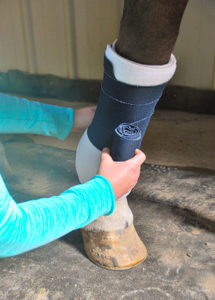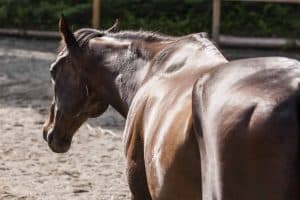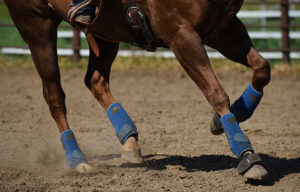Make a Lasting Imprint
It’s been 14 years since the concept of foal imprinting hit the equestrian world’s collective consciousness. Since then, the notion has been marketed, written about, practiced, modified, and even studied in scientific research. In short, it’s
It’s been 14 years since the concept of foal imprinting hit the equestrian world’s collective consciousness. Since then, the notion has been marketed, written about, practiced, modified, and even studied in scientific research. In short, it’s been put to the test. So how has foal imprinting stood up over time and under scrutiny?
Today, numerous breeders use imprinting as part of their routine foaling procedures. Yet other people have questioned whether what most horse folks are doing is truly imprinting–and whether it really makes a difference in the way a foal perceives human beings and handles the many challenges of domesticated life. Here, we look at both sides of this still-relevant issue.
Some Background
The theory behind imprinting is that during a certain timeframe known as the “critical learning period,” a young animal’s brain is highly receptive to auditory and visual stimuli and can absorb and retain certain types of vital information. Nancy Diehl, VMD, assistant professor of equine science at Pennsylvania State University, explains that true imprinting helps a young animal recognize its kin, learn who to follow, where to get sustenance, and how to recognize calls from its own species
Create a free account with TheHorse.com to view this content.
TheHorse.com is home to thousands of free articles about horse health care. In order to access some of our exclusive free content, you must be signed into TheHorse.com.
Start your free account today!
Already have an account?
and continue reading.
Written by:
Sushil Dulai Wenholz
Related Articles
Stay on top of the most recent Horse Health news with












